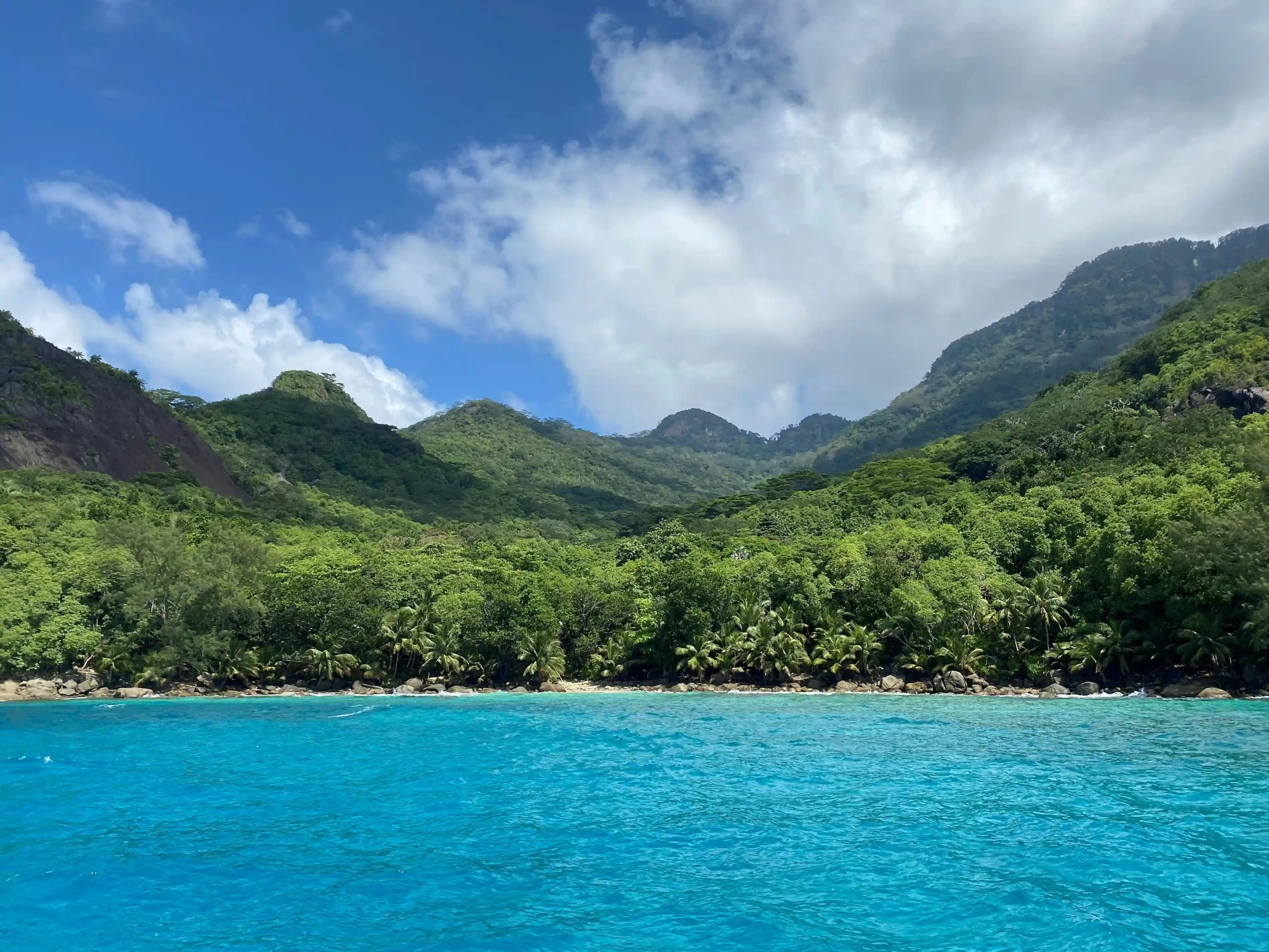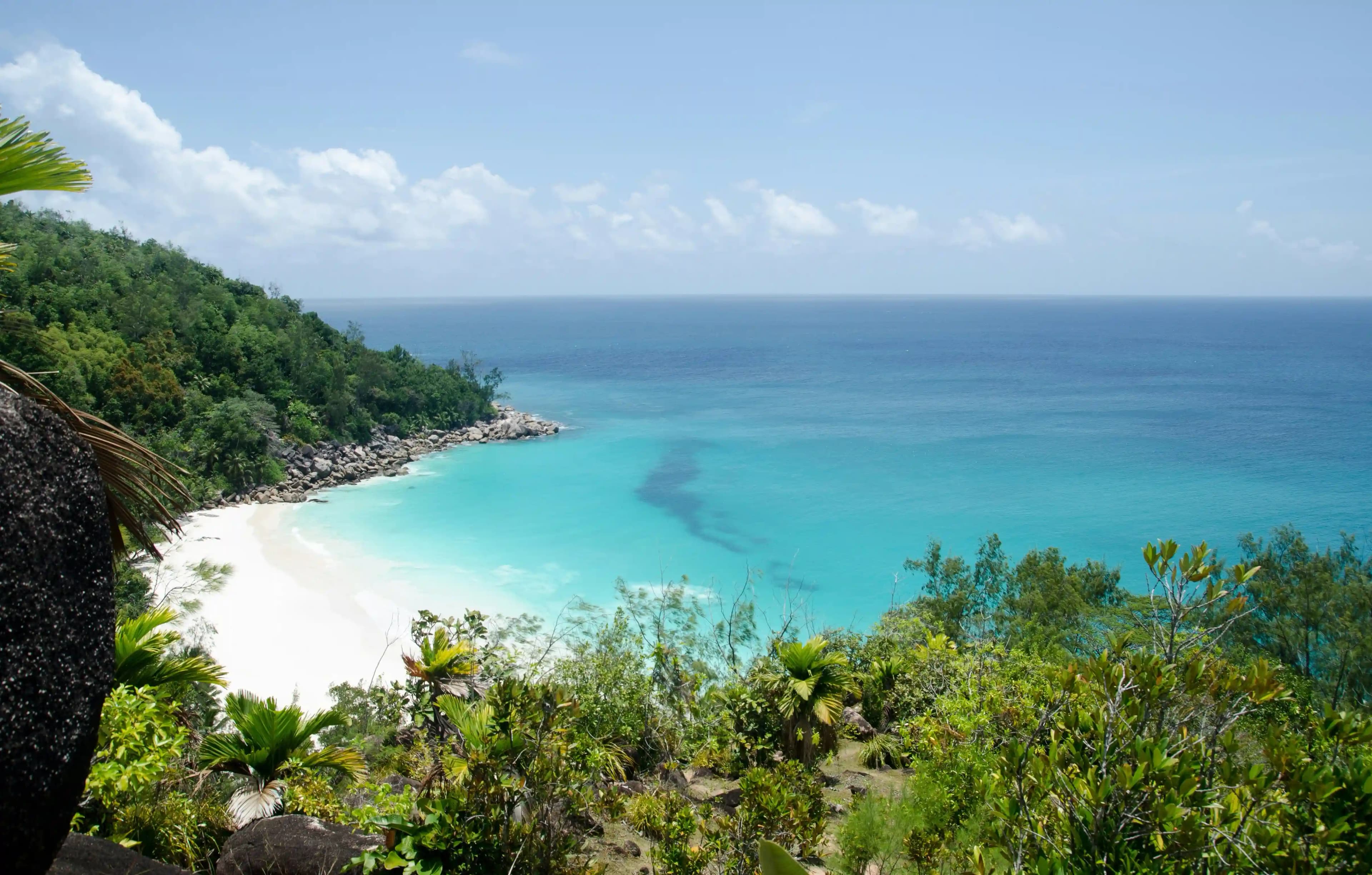South Africa has it all. The best time to visit South Africa falls between May and September. Winter's mornings and evenings are brutal. May and September are great since the weather is milder, and animals watching is particularly good in September. South Africa is an all year destination. This stunning nation, located at the continent's point, has a great diversity and balance of metropolitan splendor and natural beauty, adrenaline rushes and quiet moments, elegant adventures and affordable experiences.
The country has been gifted with an ever-changing environment across its nine regions, which is mirrored in its many climate zones. Whether you're searching for beaches, wildlife, culture, cities, or mountains, this guide to the best time to visit South Africa will help you plan the perfect vacation, including an overview of the annual weather and experiences from around the nation.
Best Time To Visit South Africa (Month by Month)
South Africa in Summertime (November-February)
Temperature: Summers in South Africa are either dry or rainy, with hot or humid temperatures based upon where you are. In general, temperatures vary between 25 and 27 degrees Celsius, which is considered pleasant.
Atmosphere: While the coastlines are hot and sunny, the northern areas can see regular thunderstorms. The weather in the Western and Eastern Cape can be described best as ocean bliss (nearly Mediterranean). Although Kruger and KwaZulu Natal watch the wilderness convert into lush vegetation, rains and sunlight alternately bless the ground on the same day.
Importance: There's a reason behind this peak season! Spectacular Cape Town, the scenic Winelands, the lovely Garden Route, birding and breeding season in Kruger National Park—South African summers provide a perfect balance of culture, pleasure, nature, and adventure. From beach-only holidays to self-drive retreats, romantic getaways to family safari days, this is the season to fulfill any fantasy vacation in the shimmering rainbow kingdom.
Know before visiting: Whale watching cruises run until November, so make sure to reserve a spot if you want to visit during this period. January is a great month to visit the Natal Battlefields since it celebrates the anniversary of two key conflicts. Festivals like Up The Creek and We Love Summer are the season's highlights.
Pro-tip: Local holidays in December observe South Africa at its most crowded, with tourism also at its highest. Any summer tour must be planned ahead of time to take advantage of the greatest number of events and attractions. This is a hot and dry season, so bring lightweight clothing to keep you cool. Rain protection is essential in wildlife-rich areas.
South Africa in Autumn Season (March-May)
Temperature: Summer heat gives way to autumnal chill, resulting in pleasant daytime temperatures of 20-23 °C.
Atmosphere: The weather remains warm over much of South Africa, and the rain in the north begins to reduce. Wind adds a chilly touch to the fresh, clear air. The bush's rivers and lakes are overflowing, but the shores continue to attract sunbathers.
Importance: The brief shift from summer to winter provides travelers with two months of excellent weather and even greater activities, without the crowds of peak season. There's never been a better time to visit different regions — Cape Town and the Garden Route are far less crowded yet idyllically pleasant, the Winelands are in completely harvest season, wildlife watching is on the rise at national parks such as Kruger and Madikwe, and the spectacular Kalahari is at its greenest, with stunning views of the Savannah.
Know before visiting: South Africa's amazing wildlife encounters come to life in the autumn months. However, it is not just the perfect circumstances for safari rides that one may enjoy. It's also a great time to go trekking around Drakensberg Mountain, attend the unforgettable AfrikaBurn Festival in Tankwa Karoo National Park, and unwind at the Cape Winelands Harvest Festivals in Stellenbosch and Franschhoek.
Pro-tip: If you want to attend any of the upcoming festivals or events, make plans in advance. Look for bargains on accommodation and transport from and to Cape Town as the high season fades. Pack a jacket since sunny days can rapidly transition to windy or cold evenings.
South Africa in Wintertime (May-September)
Temperature: Between May and September, South Africa has cool winters, yet the sun never fails to shine. Normal daytime temperatures range from 10-15°C.
Atmosphere: Unlike other winter vacations you might have taken, the weather here remains nice, with cool periods and lots of sunshine to enjoy. The rain has stopped, with the exception of the occasional sprinkle, which is never enough to ruin plans.
Importance: One hesitates to call this a low season for tourism in South Africa, given how fantastic the circumstances are for a variety of wildlife encounters, from big game viewing in Kruger and Phinda to whale watching along the coast of Hermanus. The iconic Drakensberg Mountain and Elephant Coast also make excellent winter destinations, with a cooler climate and plenty of exciting activities to keep visitors entertained.
Know before visiting: As the season passes and the jungle dries out, animals rush to drinking holes, making them easier to identify. This is one of the key reasons why travelers like a winter trip in South Africa. Other than safaris, the wildflowers at Kirstenbosch Botanical Gardens and things like the J-Bay Open Surf Competition are popular attractions.
Pro-tip: Pack comfortable casual wear as well as a couple layers to remain warm when the weather drops. Because this is the lower tourist season, plan early to get amazing rates on travel and lodging.
South Africa in Springtime (September-November)
Temperature: If you travel during September and November, expect lovely springtime temperatures ranging from 14 to 16 degrees Celsius.
Atmosphere: Spring brings both cool and warm days, particularly as the season develops. However, the weather is ideal for indoor as well as outdoor pursuits around the country.
Importance: There are several reasons to plan a spring trip to South Africa, like seeing the famous Flowers of Namaqualand, retreating to the flowering desert around the Cederberg Mountains, relaxing in the Cape Winelands, and whale watching in Hermanus. The only disadvantage is that the rising temperatures in Kruger and other wildlife areas limit people. Still, if you can tolerate the weather, your chances of seeing them are excellent.
Know before visiting: Spring marks the beginning of festival season, with events such as Rockin' the Daisies, a music and lifestyle festival just outside Cape Town, the Durban International Blues Festival, the Hermanus Whale Festival, and the Street Food Festival in Johannesburg and Cape Town. These are excellent ways to add unforgettable moments to your journey.
Pro-tip: South Africa may get quite busy in the spring months, so make your reservations early. Do bring some warm garments in case you experience a chilly day.
Conclusion
In conclusion, South Africa provides plenty of activities across the year, making it a throughout the year destination. Whether or not you're pulled to the lively animals, breathtaking scenery, or cultural diversity, there's a great time to come for everyone.
Summer is good for beachgoers and city explorers, while the chilly winter months offer fantastic possibilities for observing animals and safari excursions. Autumn and spring provide moderate weather and flowering landscapes, ideal for trekking and outdoor activities.
Finally, the best time to visit South Africa is determined by your personal interests and intended experiences. Plan your journey around the seasons and you'll be sure to make amazing experiences in this breathtaking nation. South Africa's beauty and charm are going to attract you regardless of when you visit.

















